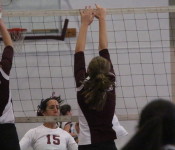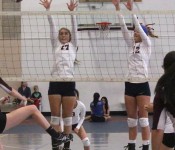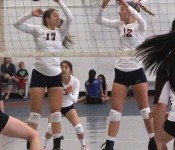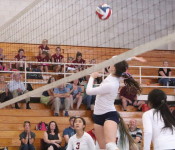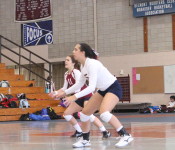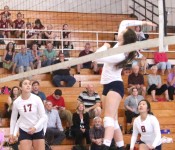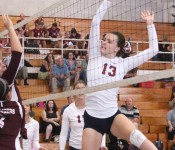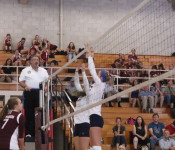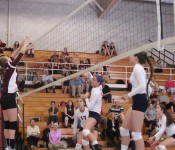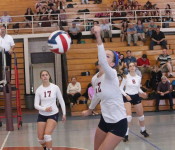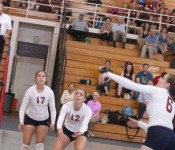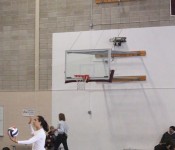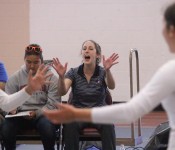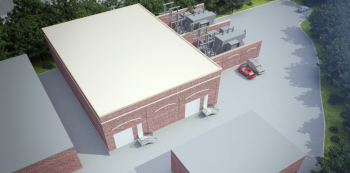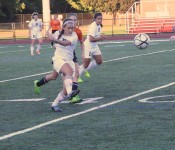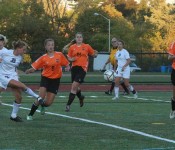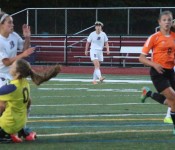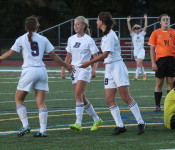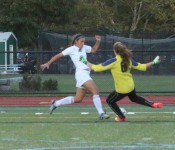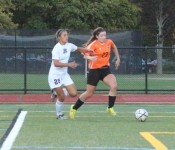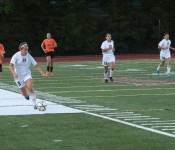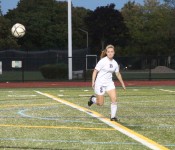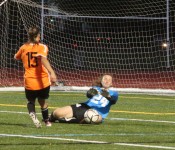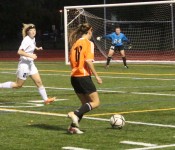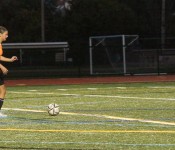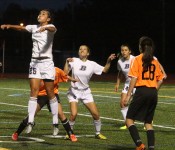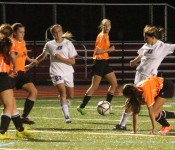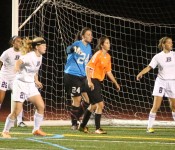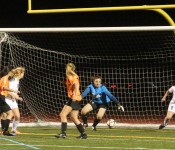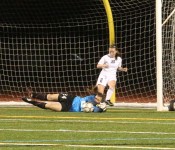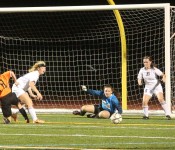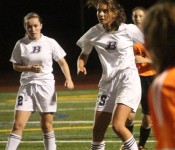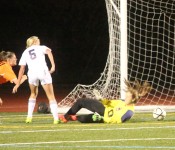Written by Len Abram
The Rosh Hashanah holiday observance begins at sundown on the evening of Wednesday, Sept. 24, continues through Friday, Sept. 26.
The season is fall, with dead leaves under foot, a surprising a time to celebrate a new year. The traditional American observance for the new year is itself at the end of December. What we call the dead of winter, like the death of nature in the fall, may be just the right time to express the hope of renewal.
Jewish people across the world are about to celebrate a New Year. From the evening of Sept. 24 in the evening through Sept. 26. Rosh HaShanah, literally “the Head of the (New) Year,” is celebrated for two days. These two begin ten days of life review, called the “Days of Awe,” or “Days of Repentance.” The awesomeness of the time might have something to do with tradition that the outcome of the following year, the fortunes and misfortunes for a person, may be at stake.
The Rabbis of old, for example, imagined a book of life and death, wherein is written the fate of each Jewish person. Even as metaphor, the images reinforce the seriousness of the period, which end in a 25-hour dry fast. The Jewish calendar for the coming year is 5775. Traditional Jews count the years of earthly existence not by geologic time, but by their estimation of Creation in the Bible or Torah. This year is the 5,775th year since the words, “Let there be light,” were spoken, when a theological Big Bang set in motion what would become all that we see around us, including us.
The ten days of prayer and reflection lead to the most sacred day in the Jewish calendar, Yom Kippur, “the Day of Atonement.” This year it is observed from Friday to Saturday night, Oct. 3 and 4. Just like the traditional American celebration with its New Year’s resolutions, Yom Kippur is often accompanied by vows to improve a person’s life. The Jewish community not only makes vows to improve, but also asks to be excused or forgiven for vows not completed from the previous year.
There may be historical background to the Kol Nidre or “All Vows” prayer, which begins the solemn evening with beautiful music. Jews ask to be forgiven for broken vows. During times of persecution, Jews were required to renounce their faith and take another. Although the prayer is hundreds of years older than persecution in Spain, the prayer fits the common theme of forgiveness.
When the prayer Kol Nidre is repeated three times, so as to give everyone in attendance the chance to participate, the vows referred to are individual vows. It does exonerate a Jew from legal vows or from vows between a Jewish person and someone not Jewish.
At this time of year, Jews are encouraged to make amends for their mistakes and offenses between themselves and their Lord and themselves and their fellow human beings. Repentance, prayer, and good deeds, such as charity, help in the process of cleansing the soul. The end of the fast and a renewed spirit to do and be better are celebrated by a tradition several thousand years old, the blowing of a ram’s horn, called a shofar.
This past year has been particularly difficult for Jews. Israeli Jews have been under rocket attack and have gone to war with Hamas in Gaza. In addition, anti-Semitism has increased, especially in Europe, where virulent anti-Semitism contributed to genocide 70 years ago. No doubt this will be one topic for the many sermons given at synagogues, as Jews look forward with hope to another year.
Services will be held across the Commonwealth and locally at Beth El Temple Center on Concord Avenue.
